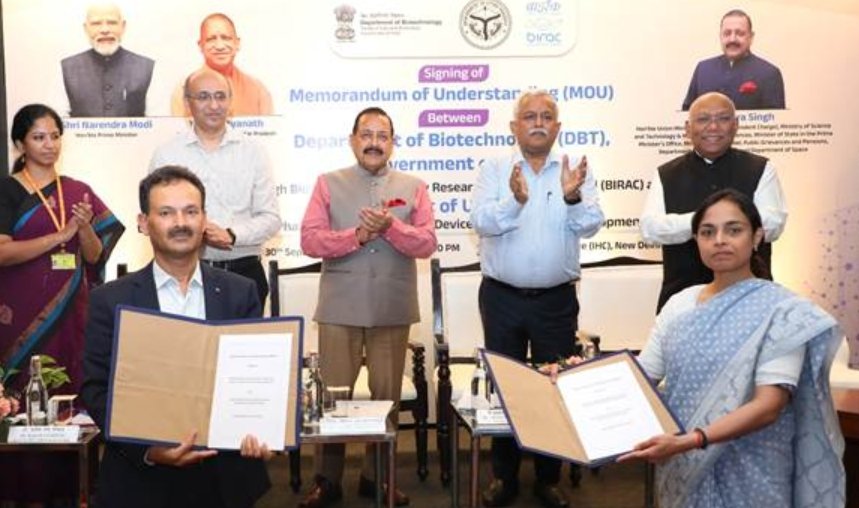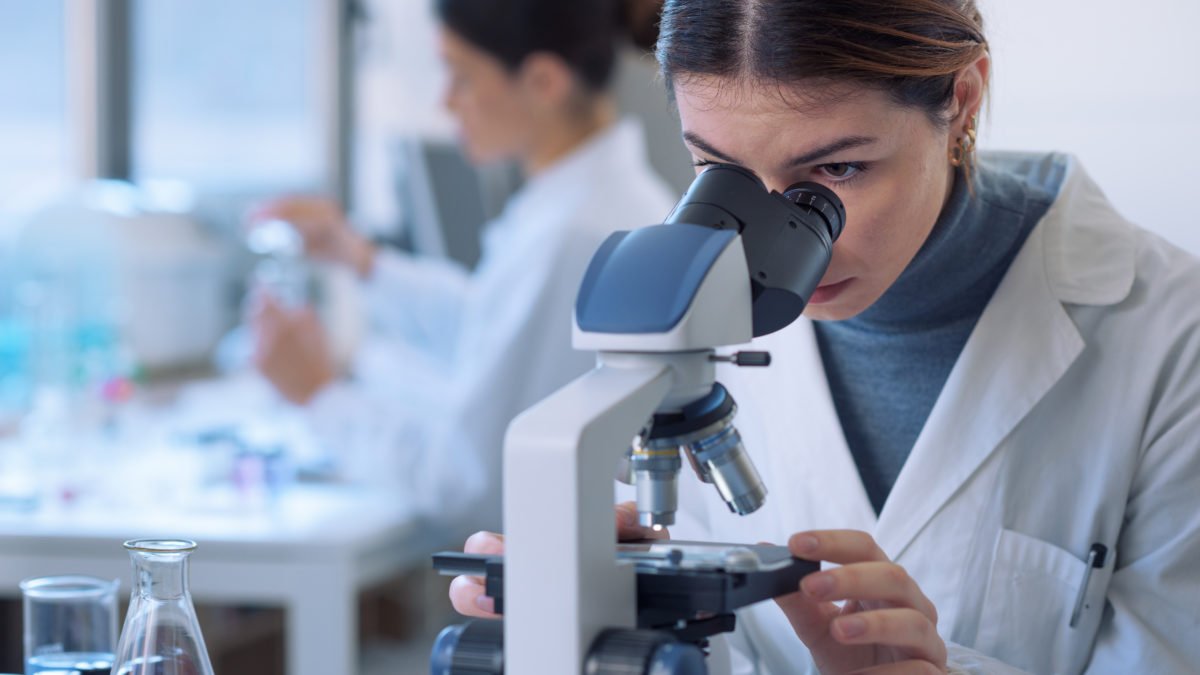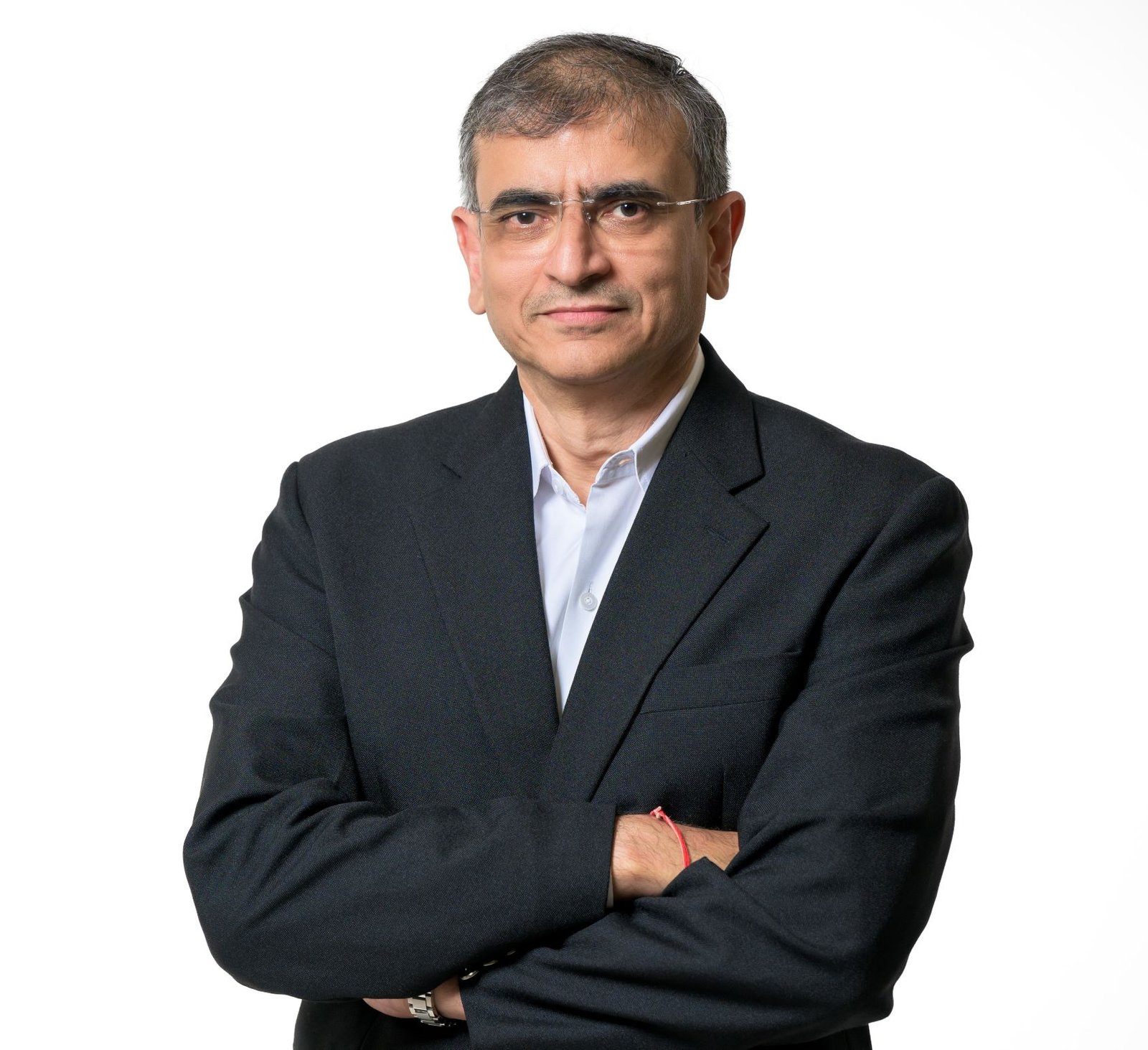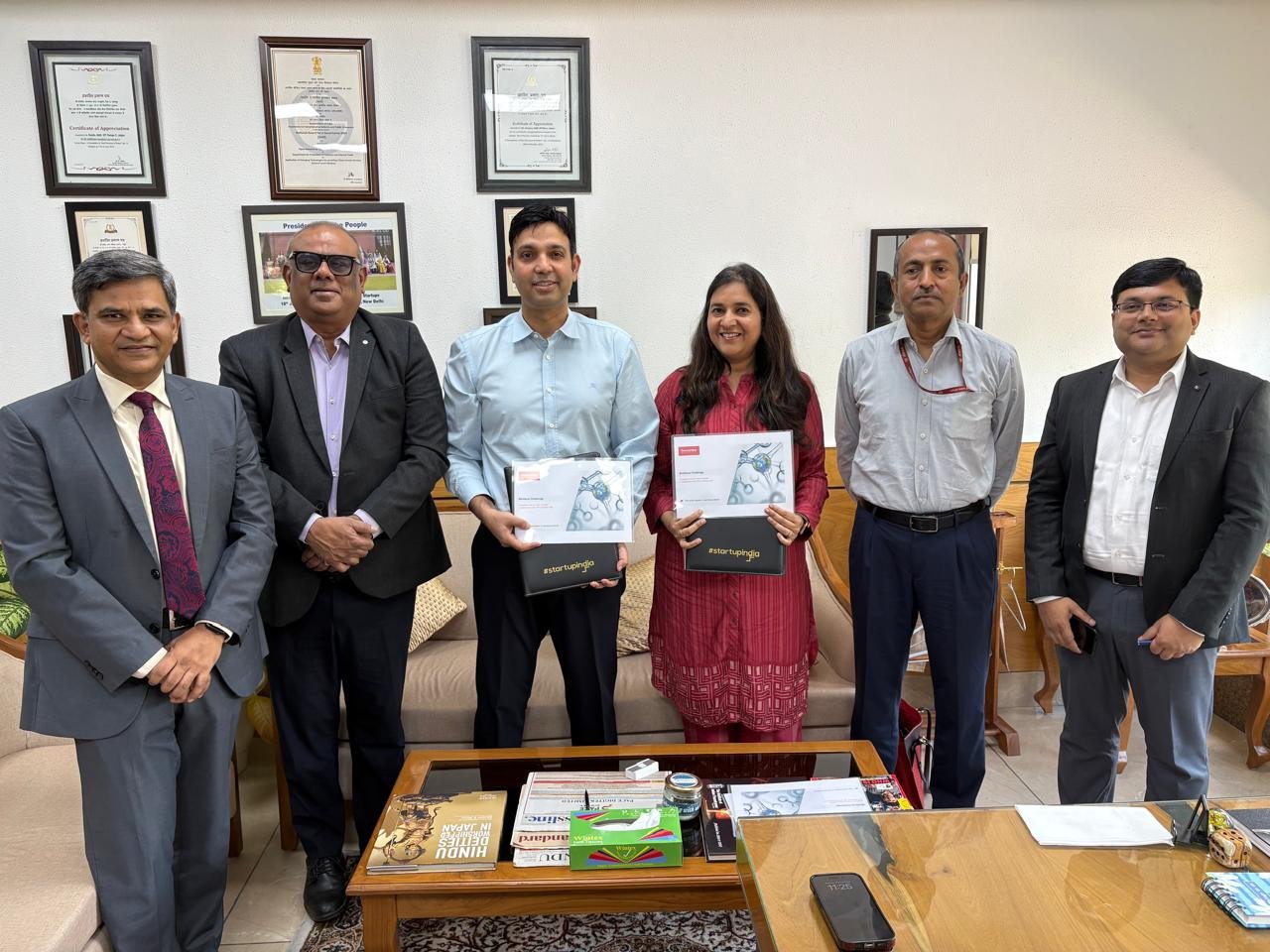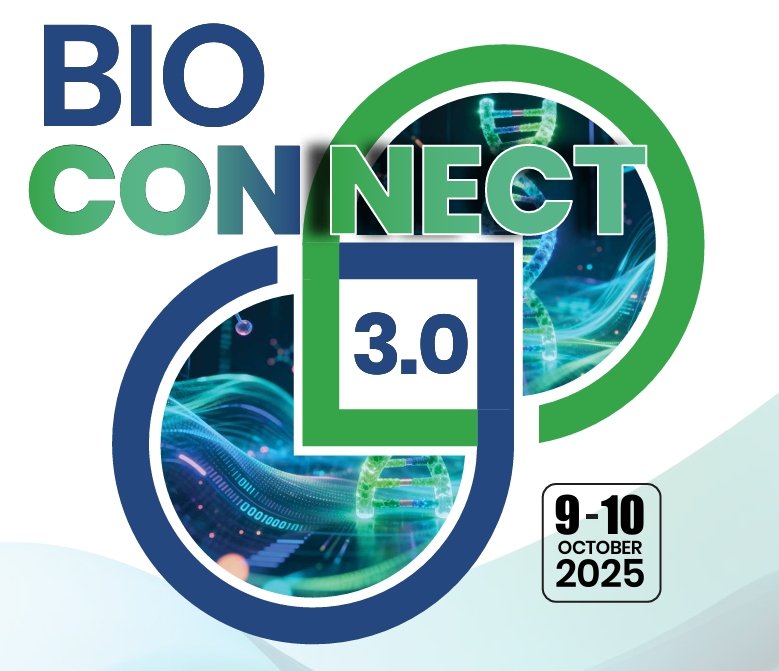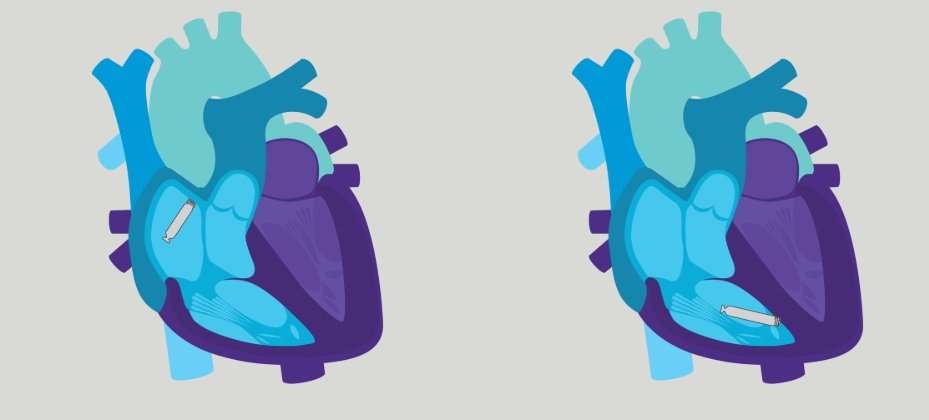Life Time Achievement
March 12, 2010 | Friday | News

He
made healthcare affordable, and not just in India but worldwide
When Dr Anji Reddy talks pharmaceuticals, people listen. He proved to
the world that pharmaceuticals can be a great business, that one can
make money selling affordable drugs. Almost single handedly, he brought
India the epithet of bulk drugs capital of the world.
Dr Anji Reddy started Dr Reddy's Laboratories in 1984 and in
26 years, the company under his leadership has carved a niche for
itself in generics, discovery of new molecules and patenting. The
company has retained its focus on bulk drugs and provides raw material
to a number of formulation manufacturers.
Dr Reddy's Labs has become one of the largest Indian partner
for global pharma companies, turning the Indian bulk drug industry from
import-dependent in the mid-1980s to self-reliant in the mid-1990s and,
finally, into the export-oriented industry that it is today.
BioSpectrum goes back in time with Dr Reddy to bring you glimpses of
his journey from a chemist to an entrepreneur with a passion for pharma.
From
student to entrepreneur
As a student, he always found science fascinating and was academically
excellent at school. “I used to have a lot of fun and never
read much. I always had a very good memory so I would top my exams and
my friends who played with me would fail,� confesses Dr Reddy.
Dr Reddy spent his early years in the village of Tadepalli near Guntur
in Andhra Pradesh, India where his father, a farmer, grew turmeric.
Recalls Dr Reddy, “I grew up playing in turmeric fields and
my first brush with technology in the form of electricity happened when
I was 12 years old.�
He completed his early schooling from the local high school and went on
to earn his bachelor of science degree from Andhra Christian College at
Guntur in 1958. Thereafter, he did his masters in pharmaceuticals and
fine chemicals from Bombay University followed by a PhD in chemical
engineering from the National Chemical Laboratory, Pune, in 1969.
His career began in the state-owned public sector undertaking (PSU),
Indian Drugs and Pharmaceuticals Limited (IDPL). But then, the
entrepreneur in him took over. He decided to set up his own venture,
Uniloids, in 1976. He later founded Standard Organics Limited, before
founding Dr Reddy's Labs in 1984 with an initial capital from
financial institutions.
Shares Dr Reddy, “My experience in IDPL formed the bedrock of
my career. I came out of IDPL as early as 1973 with the objective of
making new drugs for the first time in the country. I became an
entrepreneur. I did not set upon an office, but, a laboratory. I kept
moving from one laboratory to another making it better each time and
today, I have one of the best laboratories in the world. I have one
Integrated Product Development Organization (IPDO) which I refer to as
Taj Mahal where 800 scientists work. It is one of the biggest
laboratories in terms of the number of scientists,� he
recounts with evident pride.
For a man who has been at the forefront of Indian pharma evolution,
through generics Dr Reddy is also a tireless crusader for intellectual
property rights in India.
Passion
in pioneering drugs
Dr Reddy is the pioneer of some of the very important compounds and
drugs. These have proven to be vital in terms of affordability and
availability for the common masses. The drug that he produced first is
Metronidazole, which was better than the Italian product that India was
importing at that time. The fact that he was making things, which were
even better than the Western countries gave a boost to him. This
confidence propelled him to move forward into newer areas.
Later he also succeeded in making Sulphamethaxazole of higher
standards. Then when he came out of partnerships and started Dr
Reddy's Laboratories, made Methyldopa, which was the only
drug available at that time for hypertension. Merck, a well known
pharmaceutical company bought that product.
Recalling his initial hardships and challenges, Dr Reddy says,
“There were many well-established pharmaceutical companies
like Ranbaxy and Cipla at that time, which were in existence for a long
time. In 1987, when I started my pharmaceutical brand it was very
difficult for a new entrant to penetrate. So, how we made our place is
an excellent example to the India pharmaceutical industry.�
This chemistry's child went on to make newer drugs. An
important one being Narfloxacin, an antibacterial drug which created an
uproar in the pharma market and positioned his company high for all
times. The drug, according to Dr Reddy, was much better than the
versions of Ranbaxy and Cipla. The two companies that were then the
Indian pharmaceutical leaders priced their products at $0.173 (Rs 8)
while Dr Reddy's made the same drug at half the price making
it affordable for all.
Shares Dr Reddy, “The only way to enter the market which is
almost reserved for the existing players is to get down to a price
where a common man can afford. We priced our drug at $0.0823 (Rs 3.80),
chemists started returning stocks of Ranbaxy and Cipla and started
buying our products. This forced them to bring down their
prices.�
“The medical profession had recognized that if there is
something called as affordable medicine it is Dr Reddy's who
can do it. From that day onwards, the notion of affordable medicine was
associated with Dr Reddy's Laboratories,� he adds.
The passion of making newer drugs continued and Dr Reddy moved on to
make a blood pressure drug, an anti-hypertensive and priced it at
$0.0259 (Rs 1.20) while Merck was selling the same medicine at $1.2 (Rs
60). With a series of brilliant compounds and affordable pricing, Dr
Reddy's Labs found its foothold as a strong pharmaceutical
company. And 20 years later, the company has become India's
number one pharmaceutical player.
The other drug he pioneered is Ciprofloxacin. His company remained the
only producer in the country for four years without any competitors.
“I made a lot of profit during that time. I gave one bonus
share for every two shares. The second year I increased it to one bonus
share for every share and the third year I gave two bonus shares for
every share. That is how I became the darling of the stock market in
1993,� he says.
His company experienced a blazing growth rate from $108 mn (Rs 500
crore) in 1999 to $1.516 billion (Rs 7,000 crore) in 2009.
“What kept us ahead of some of our competitors was having our
own brands. A brand always earns more money than an API,�
believes Dr Reddy.
“Our entry into Russia also helped us tremendously. We
consider it as our most profitable center. I am emotionally attached to
Russia, they gave me the IDPL technology to start APIs. So, when the
Russian market crashed, many left, but I stayed and today, we are the
tenth largest pharmaceutical company there,� he adds.
Major
milestones
Dr Reddy's Labs was the first company to take up drug
discovery research in India in 1993.
April 2001, the company also became the first Asian pharmaceutical
company outside Japan to be listed on the New York Stock Exchange
(NYSE). It is worth mentioning that it was also the best
performing company on NYSE.
“We are also the first company to do authorized generics in
the US along with our partner Merck for two products,� shares
Dr Reddy.
This generics pharma czar does not mind being called 'copy
cat'. He happily says, “Yes we are copy cats and
there is nothing negative about it. The government allows us to do it,
it is not illegal. We are definitely not innovators. But we are the
ones who have cut the cost of pharmaceutical substances making it
affordable world over. The big pharma who call us copy cats, they too
manufacture and market generics. They also fight patent challenges with
other innovator companies.�
Ups
and downs
Dr Reddy's Labs has led the industry from being dubbed as
copy cats for several years to now being acknowledged as innovators. Dr
Reddy says, “If you want to be a world-renowned
pharmaceutical player you should have your own discovered product in
the world market, at least one to start with.�
India changed its patent laws, the Indian Patent Act of 1970 was
passed. Product patents for medicinal products were no longer
recognized and only process patents continued to be recognized. The
pharmaceutical industry in India grasped this opportunity with both
hands and proved dramatically that its reverse engineering skills were
second to none in the world.
“While everyone was pre-occupied feasting on this
opportunity, in 1992, I started thinking in a different
direction-with 25 years of experience in synthesizing a
plethora of drugs I made up my mind and took the plunge in November
1993. We jumped into discovery with a budget of about $1.40 million (Rs
6.5 crore),� he shares.
And in three years from inception, Dr Reddy discovered one of the most
potent glitazones and licensed the molecule now called balaglitazone to
the world leader in diabetes, Novo Nordisk of Denmark. Balaglitazone is
a partial peroxisome proliferator-activated receptor (PPAR) gamma
agonist and phase II results indicated a better side effect profile
than the existing glitazones.
“More than the molecules that we discovered, the big
difference we made is that we have gained recognition from the world
that we are the front-runners in the field that we have chosen. The
mission is to make healthcare affordable and improve the quality of
life across the world, regardless of geographic and socio-economic
barriers,� he says.
Investing
for Social Change
Twelve years ago he began the important journey of connecting with
society and taking responsibility for human development apart from
sustaining a profitable and competitive business. Years later, Dr Reddy
has built a benchmark model in this area as he continues to engage
himself with sections of society that experience poverty and the lack
of opportunity to access sustainable livelihoods.
Dr Reddy is no longer involved in the day-to-day operations of the
company. He spends more than half of his time on philanthropic
activities. And it's not just time that he invests. He has
been spending a bulk of his earnings to fund initiatives to alleviate
hunger, create livelihoods, provide education and access to safe
drinking water and pull back children from hazardous industries through
his not-for-profit organization-Naandi Foundation. He has set
a target of transforming a million lives by the end of 2010.
It is also with this perspective that Dr Reddy founded Dr
Reddy's Foundation in 1996 to pursue causes close to his
heart. The Foundation is particularly active in the field of creating
livelihoods. Its initiative, called Livelihood Advancement Business
School or LABS, has, so far, trained over 130,000 youngsters with
skills suited for entry-level jobs in sectors such as hospitality, ITES
and customer relations.
Dr Reddy has committed a huge amount of fund for over 10 years that
will make the L V Prasad Eye Institute self-sustaining. LV Prasad Eye
Institute does a lot of free and subsidized eye treatments. The
institute is the only one in India and one of the few in the world that
uses stem cells for corneal reconstruction. It has treated over 500
such cases over the last five years, the highest anywhere in the world.
He also launched a social initiative called
“Sparsh,� an assistance program for cancer patients
who cannot afford a treatment. Patients identified by the doctors
through Sparsh are provided Reditux, the anticancer biologic drug from
Dr Reddy's Labs free of cost. He is also the man behind the
Institute of Life Sciences (ILS). The institute focused on the
interface between life sciences and chemistry. Here, chemists and
biologists work together to seek solutions to human health issues. The
model is to create its own intellectual property and commercialize it
in collaboration with the industry.
“These philanthropic activities keep me going and help me
stay connected to the society�, he says. He confesses,
“I am always inquisitive. So if I had become a chemist, I
would have been a journalist�. As a person, he likes seeing
different places and knowing people. “Apart from pioneering
drugs and running a business house I am also good at guessing a
persons' origin by the way he/she speaks English,�
he laughs.
25
years of Innovation
In February 2009, his company completed 25 years of its life.
“It is a significant milestone. We have grown from a small
establishment located in Hyderabad to a strong global company with
facilities in India, Europe, the USA, Russia and
China-earning a net revenue of $1.37 billion in
2008-09,� he shares.
“I am happy with the way we have grown over the years. But I
am happier still with the fact that, throughout the growth process, the
company has never forgotten the basic reason for its
existence-to provide affordable and innovative medicines to
patients across the world. And that it has the-strategy to
leverage research and development, product offerings and customer
services to be a leading global pharmaceutical company,� he
says.
The history of pharmaceuticals in India is a story of this
bold entrepreneur whose pioneering efforts
demonstrated that he could master processes that could be used to
manufacture chemicals and molecules that would help India progress
towards a sustainable twenty-first century.
The story of Dr K Anji Reddy is thus all about the ability to chase a
dream and make it come true.
Jahanara
Parveen in Hyderabad


 He
made healthcare affordable, and not just in India but worldwide
He
made healthcare affordable, and not just in India but worldwide